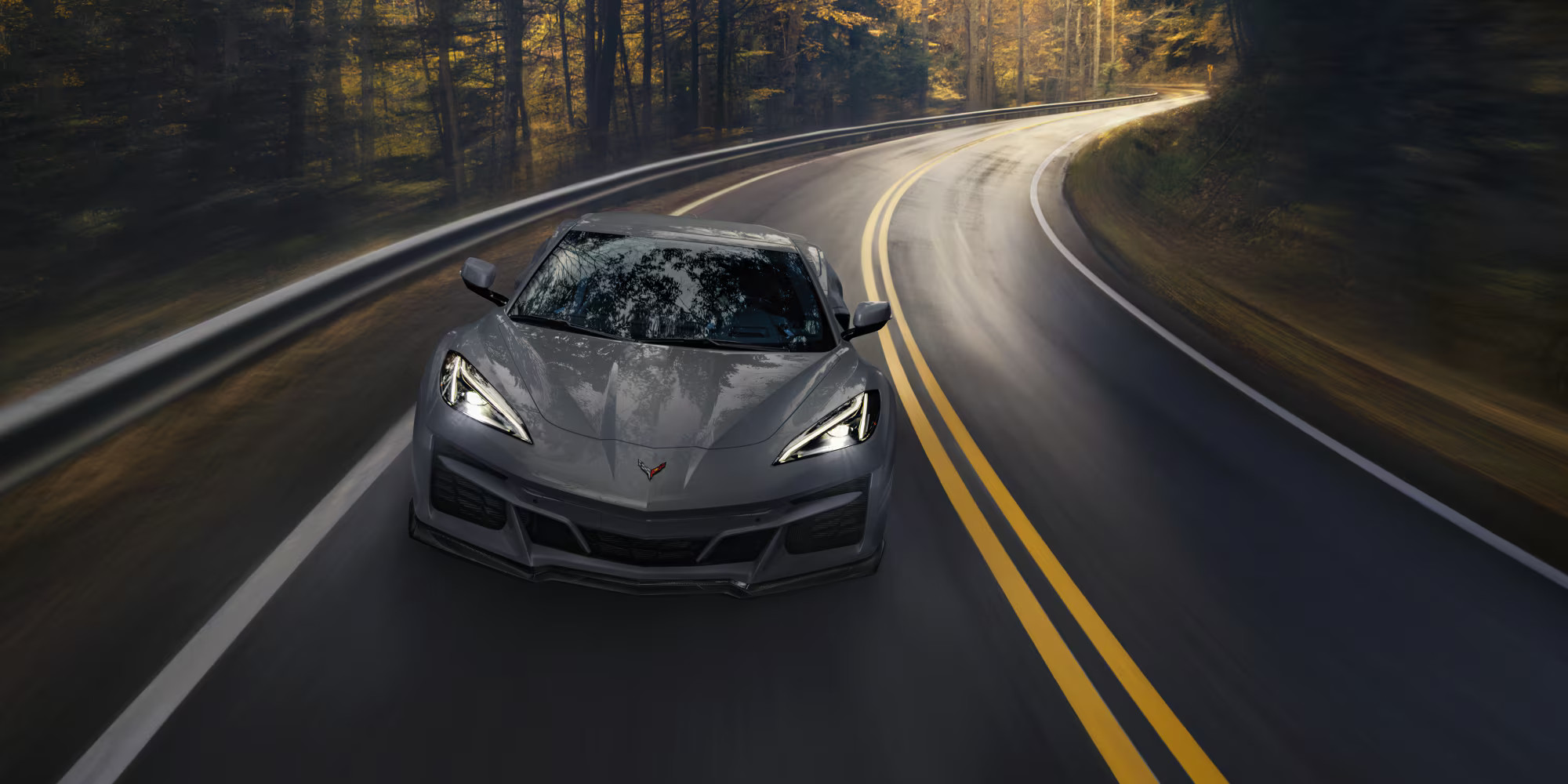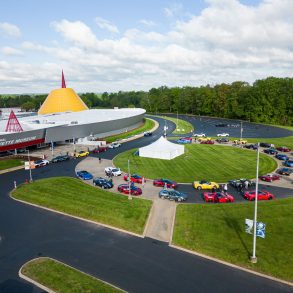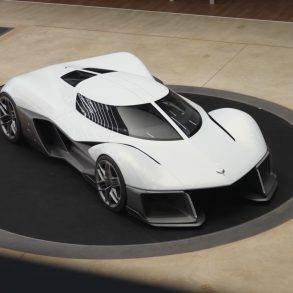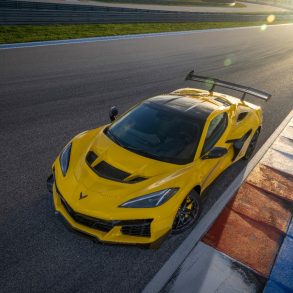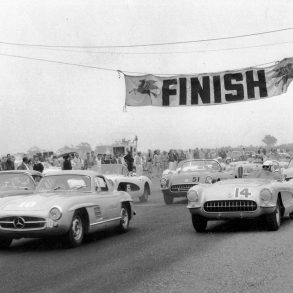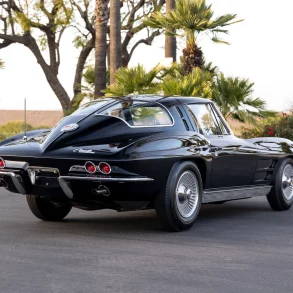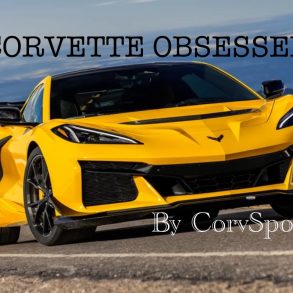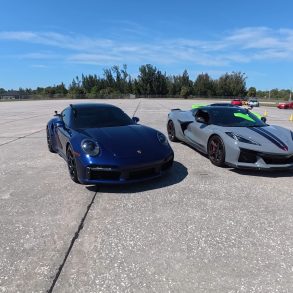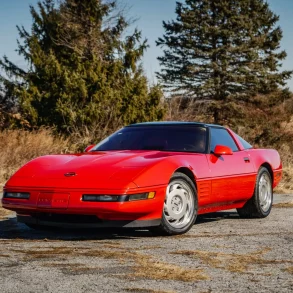Despite what many might say, one of the biggest advantages of the Corvette C8 becoming a mid-engine supercar instead of keeping the V8 up front was the ability to add a hybrid motor. It’s been happening in the supercar landscape for many years now, so Chevy and GM were already playing catch up. They needed to pull an absolute monster out of their bag of tricks for it to make enough of an impact in the market.
After 12 months of the C8 E-Ray, we think we can safely say that it wasn’t so much of an impact as it was a nuke. It broke down the door to the performance hybrid club at a price that surprised the group of manufacturers inside. As such, it is worth taking a look back at the E-Ray through its first year, through three specific aspects: Performance and durability, first year market journey and real world experiences, and how the E-Ray fits into the current green shift in the automotive market.
Performance & Durability In The Real World
When the C8 E-ray was first announced, it is fair to say that expectations were high, if a little tempered. This was, after all, going to be the first Corvette with hybrid power of any kind from the factory.
On paper, it was a match made in heaven: A 6.2-liter LT2 V8 engine pushing 495 HP, paired with an electric motor using a 1.9 kWh rechargeable battery pushing 160 HP. Combined, they deliver 655 horsepower, all while giving the E-Ray variable all-wheel-drive when the hybrid is in use.
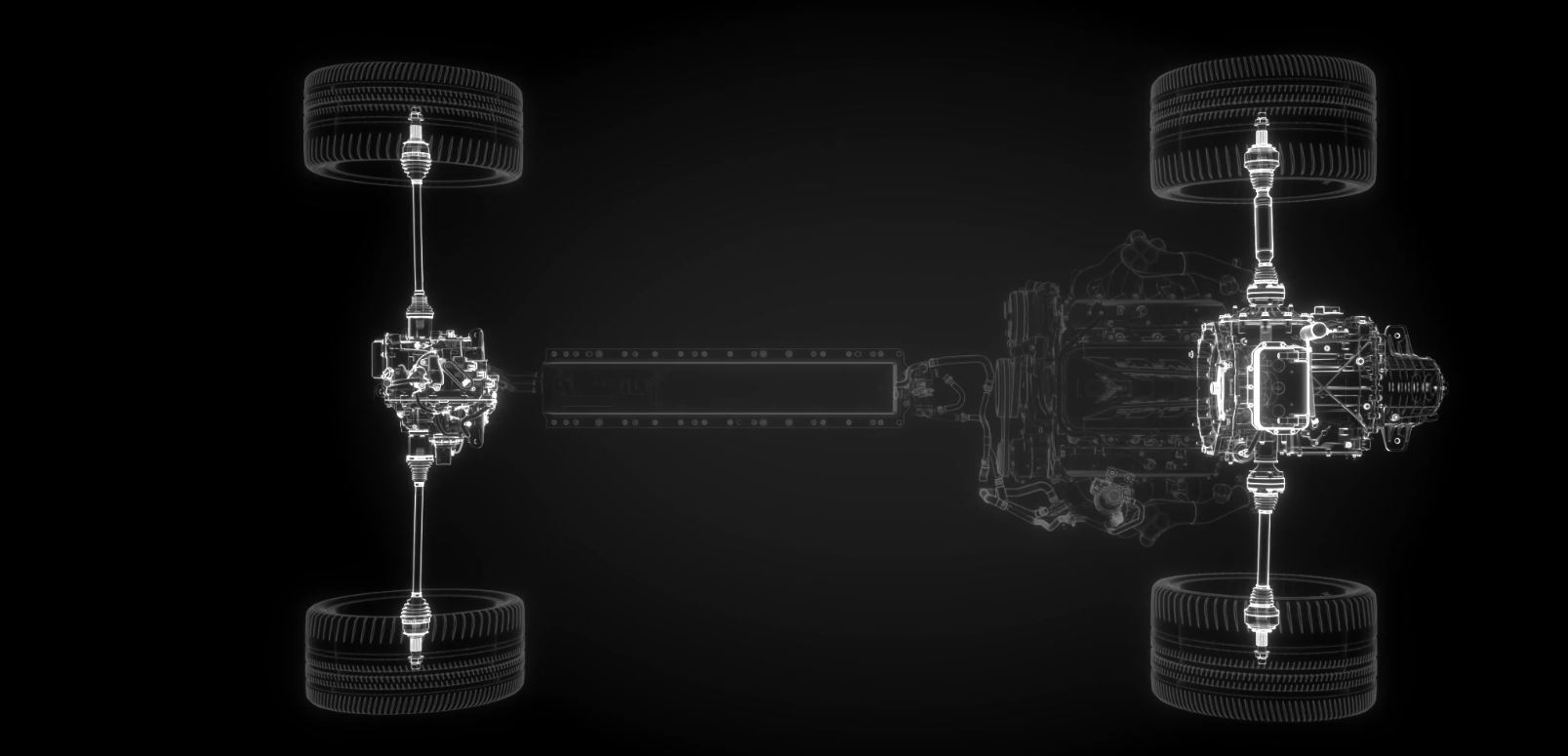
As with any new technology, there were questions about how well the hybrid systems would integrate with the Corvette’s traditionally great handling, and how durable the hybrid would be. This was doubly important for the first adopters, as they were betting on Chevrolet delivering one hell of a car.
12 months later, the general consensus seems to be that the E-Ray has exceeded expectations.
For example, we all know that marketing for cars always includes a 0 to 60 time that is anywhere from .2 to .6 of a second away from what the average real-world performance is. Not so with the E-Ray. It is advertised as being able to do 0 to 60 in 2.5 seconds, and the first videos of new owners trying to match that have them actually matching it, and sometimes even beating it.
This is primarily because of the hybrid motor. It may only be 160 HP and have a tiny battery, but the key is that electric motors don’t have so much as a torque curve, they have binary torque, either on or off. You get full torque the instant the motor starts to spin, and that hauls the E-Ray off the line before the rear wheels have even approached full torque, even in launch mode. This makes this performance hybrid the current fastest Corvette ever made, and many are not expecting the ZR1 to be able to match it, it is that fast.
Another area it has exceeded expectations (or met some very strict ones) is in reliability. The E-Ray is the most complex Corvette that Chevy has made to date, hands down, no question or argument. It has multiple control computers that need to work without fail. Of course, there are expectations for bugs, issues, failures, and the like, but Chevy played a very clever hand with the E-Ray.
Their ace in the hole is that General Motors is not new to making hybrids, not even remotely close. Across all their brands, even though their hybrid models are not often sold in North America, they have been pumping out hybrids in other regions for nearly a decade. In fact, the only part about the Corvette that is new is that it is a performance hybrid, not an economy hybrid.
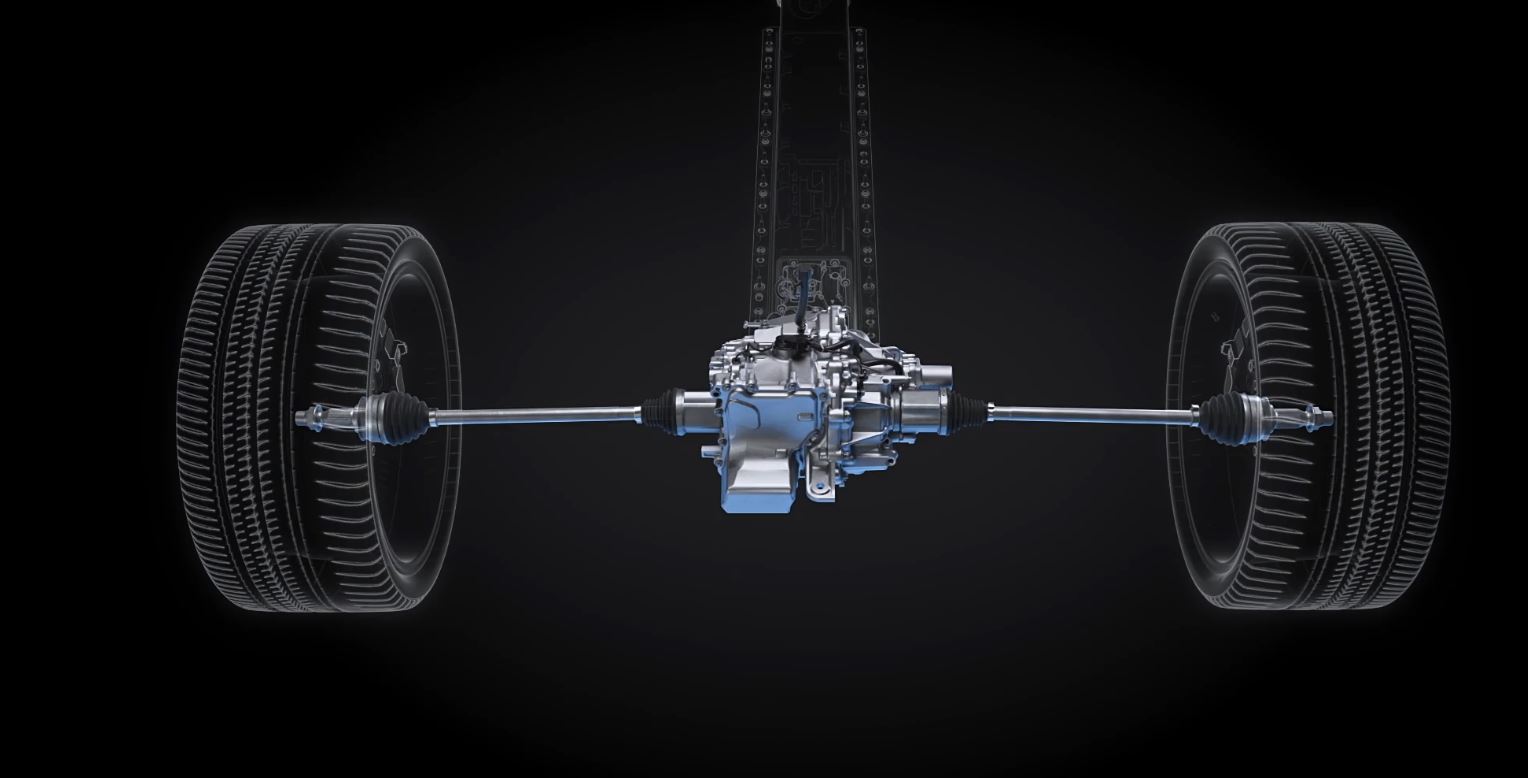
In the past year, there have been no widespread reports of significant issues with the hybrid powertrain. We scoured forums, recall listings, Googled our hearts out, and all we have been able to find is glowing praise. Multiple owners on all the major Corvette forums have also praised the usability of the E-Ray as a daily driver, especially as it has a “stealth mode” where the V8 is not running so it is deathly silent. This means you can sneak in or out of your neighborhood without waking everyone up if you work early in the morning or late at night.
To recap, the Corvette C8 E-Ray performs as advertised, has had no major recalls or issues with its powertrain, and is capable of being used as a daily driver. Not bad at all for a car in its first release year! Apparently, many owners feel the same way, as there are videos popping up all over the internet of owners doing a “One year with my E-Ray” review, and to a one, they are all positive.
The E-Ray’s Market Journey & Its Life In The Real World
When it was revealed, the Corvette C8 E-ray was met with considerable fanfare: “An American icon that was willing to challenge the Europeans with their performance hybrids!” Many praised Chevrolet for taking a big chance into that arena, and looking to do so without compromising the Corvette’s identity as America’s sports car. But how has the car performed in the market over the past year?
After the reveal in early 2023, so many orders poured in that demand was far exceeding projected supply. The E-ray’s position as the first-ever performance hybrid Corvette sparked interest not just among traditional enthusiasts, but also among a new demographic of buyers. That demographic was the performance EV and hybrid market, many of whom were a little tired of not having a home-grown alternative to the European sports car and supercar market.

However, as the novelty wore off after the first three months and more cars became available, sales leveled out to more sustainable numbers over the next nine months. This isn’t to say that it has tanked, far from it. This is a common trend for almost any new car, with very strong initial sales that taper down to a comfortable level that balances supply with demand. The fact that the E-Ray is still selling on average a little over 100 units a month shows that there is genuine interest and demand.
Price has been a primary factor in its market journey as well. Starting at around $104,900, the E-ray is more expensive than the standard C8 Corvette Stingray, and a few thousand less than the current top model Z06. It is a premium product for sure, but it is hilariously more affordable than many other performance hybrid supercars. We’re not meaning things like a McLaren P1 or even the Ferrari SF90. “Entry-level” supercars with performance hybrids are still massively more expensive than the E-Ray.
Take, for example, the Ferrari 296 GTB, the baby supercar of all of the prancing horse’s range. It may have 200 HP over the E-Ray, but it also costs $313,000 before options, taxes, delivery, and all the other fees. As well, the 296’s hybrid is between the engine and the transaxle, so it is two wheel drive only, instead of variable AWD. This has allowed the E-ray to essentially carve out its own space in the market, a niche between economy and luxury hybrids and “real” supercars with performance hybrids.
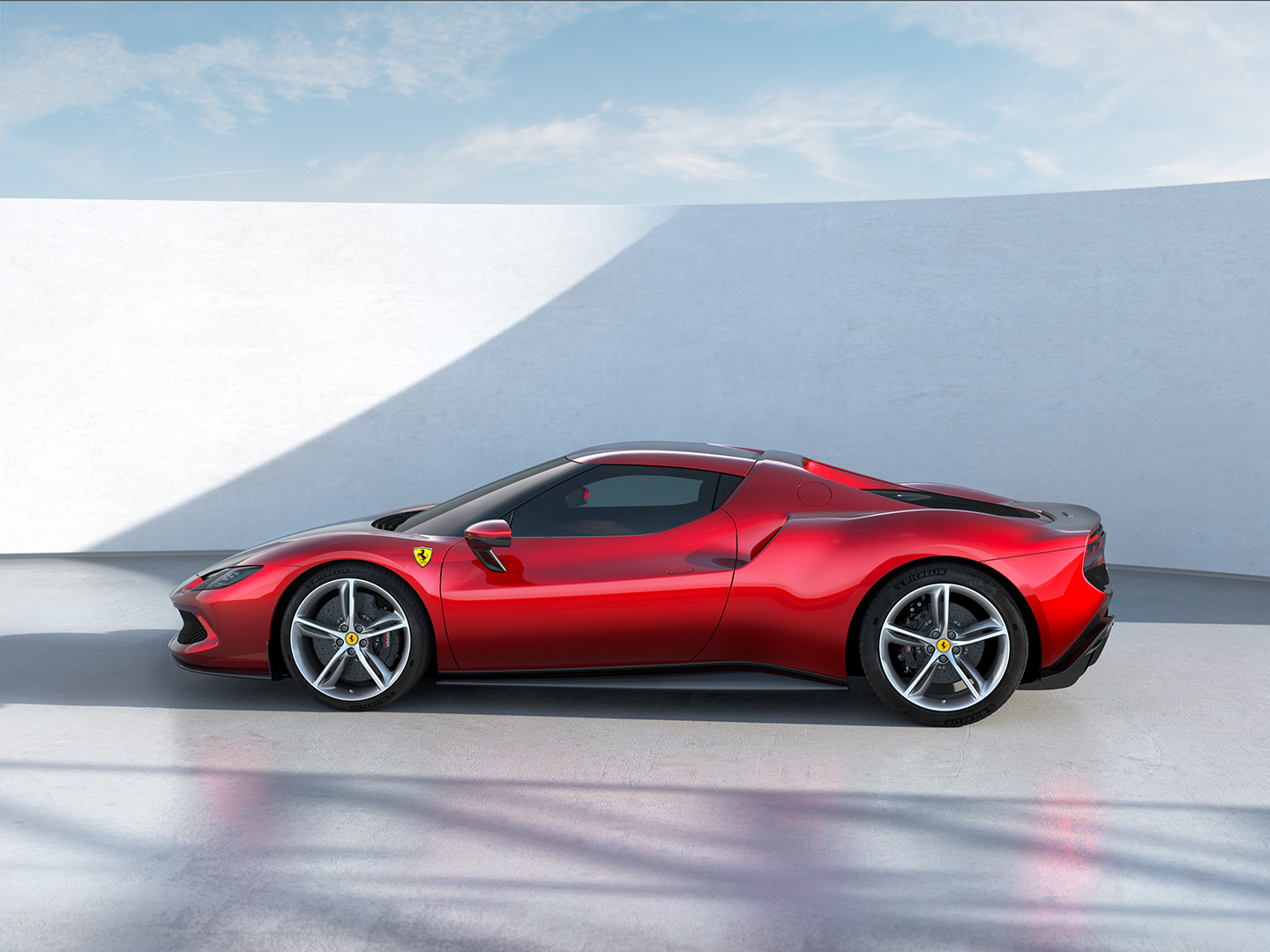
In fact, in terms of real world competitors, the only thing that will even get close to it in about a year or so is the new Porsche 992.2 911 hybrid. Even then, that car is both about a year away, as well as will likely cost tens of thousands more than the E-Ray. Also, because it’s not a plug-in hybrid, there are no obvious signs that it is in fact a hybrid. Unless you are a proper enthusiast (which you are, you’re reading Corvsport!), the E-Ray looks just like a normal C8 Stingray. In a way, that makes it quite a sleeper if you decide to go to the drag strip for race night.
There is quite literally nothing close to the same price that offers a performance hybrid, and a 640 HP one at that, and that alone has ensured that the E-Ray is looking to keep selling for months and years to come.
Where The E-Ray Fits Into The New “Green” Automotive Market
The automotive industry as a whole is facing a paradigm shift, mostly driven by European emissions laws and environmental awareness. Even supercars are not exempt from the push toward greener technologies, as shown in the very rapid evolution from gigantic V12’s and V10’s to turbocharged V8’s and V6 performance hybrids in today’s top models.
The Corvette C8 E-ray, as Chevrolet’s first performance hybrid, is breaking new ground for GM in general, and for American sports cars in specific. Even the idea of a performance hybrid didn’t exist until the early 2010’s, and in the past decade full-blown EV’s have taken the spotlight more than hybrids. Because of this, many sports car manufacturers didn’t look at hybrids as a future, and kept things in the internal combustion lane.
Now, however, we have a top-tier American sports car that is embracing the hybrid and making it work. Despite being performance oriented, the hybrid has already had an impact with fuel efficiency, as it takes some of the load off the V8, allowing it to burn less fuel. Sure, it may only be a couple of miles per gallon saved, but it’s a step in the right direction, at least according to the automotive industry. There is also the knock-on effect that an engine facing lower stress also lasts longer!
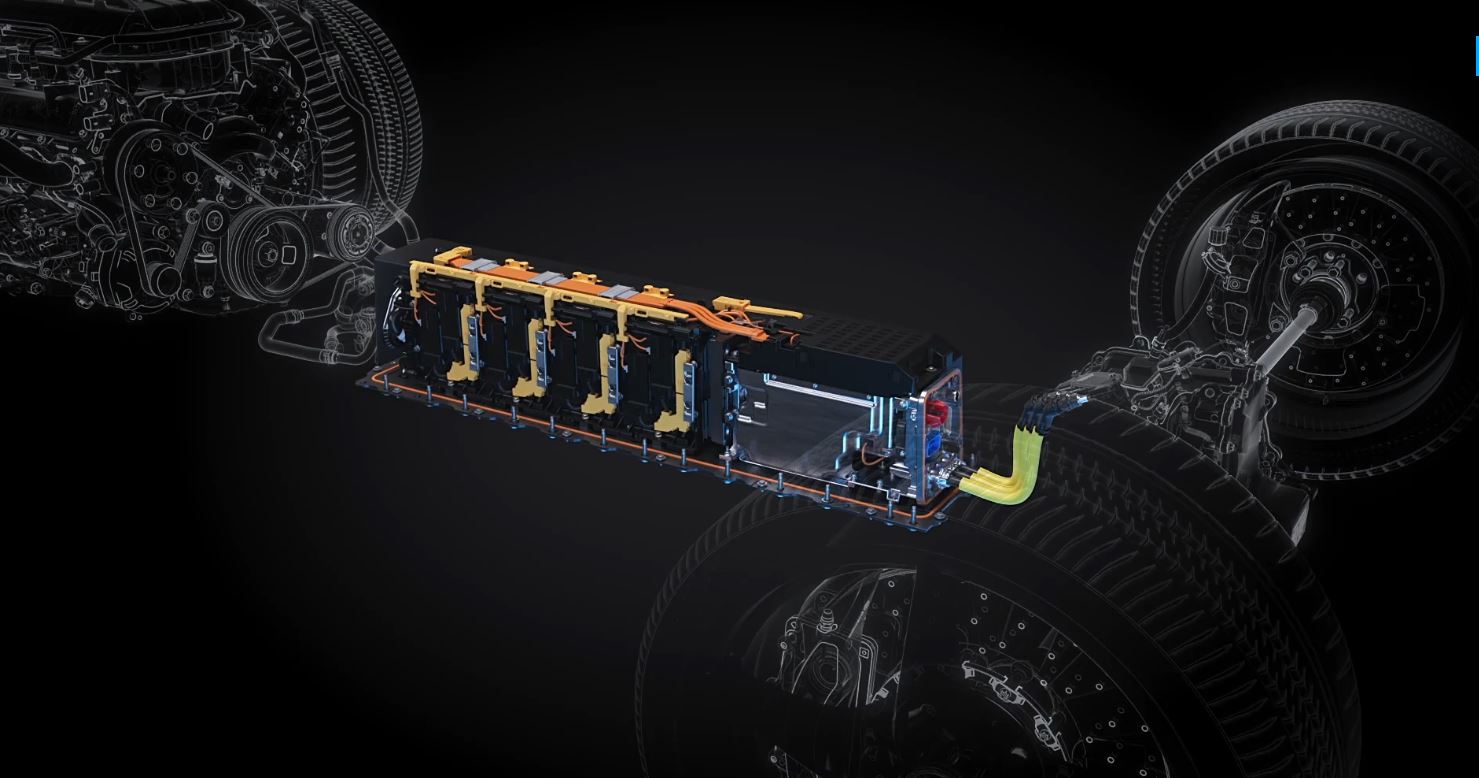
If you break it down to the base thoughts, supercars have been criticized over the decades for their high fuel consumption and could-care-less view towards emissions. The fact that Ferrari, Porsche, and McLaren created the Holy Trinity of Hypercars in the early 2010s, however, reflects that even the big names are aware that efficient power is attainable and desirable. Chevrolet’s decision to make E-ray marks the company’s recognition that that big bad S word, “sustainability,” is no longer just an option if the Corvette is to survive. It’s a necessity.
Yet, despite being possibly the first “eco-conscious” Corvette, the E-Ray has not impinged on the core identity that makes it a Corvette. That is the true spectacle of the car, in that many have reported that it feels like a proper Corvette without compromising on handling or power at all. Even when the front motor is in use, it doesn’t transmit any numbness to the driver through the wheel. It also hasn’t sacrificed any power in the pursuit of efficiency, which some supercar makers have had to do to meet the new Euro6 and upcoming Euro7 emission regulations.
Ultimately, the Corvette C8 E-ray’s role in a very green-aware market is not just about reducing emissions and saving the trees. It’s about redefining what a high-performance American sports car can be in the modern world. As has been seen over the past 12 months since its release, a lot of people have come to agree with that sentiment.
In a single, cohesive thought: It allows one to have the adrenaline of a V8 supercar with some of the efficiency of a hybrid, and both working in concert to make a properly fast car even faster.


